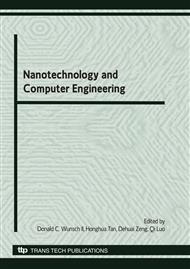p.43
p.48
p.52
p.58
p.64
p.69
p.74
p.80
p.87
A Knowledge Cognition and Ontology Based E-Learning System
Abstract:
This paper proposed a framework of knowledge cognition and ontology based e-learning system, it presented a learning characteristics based ontology metadata model(LCOM). On the basis of LCOM, according to cognitive theory and to as an example data structure course, a domain knowledge ontology base model was set up.it makes the development of network courses and management of learning resources independent.
Info:
Periodical:
Pages:
64-68
Citation:
Online since:
June 2010
Authors:
Keywords:
Price:
Сopyright:
© 2010 Trans Tech Publications Ltd. All Rights Reserved
Share:
Citation:


